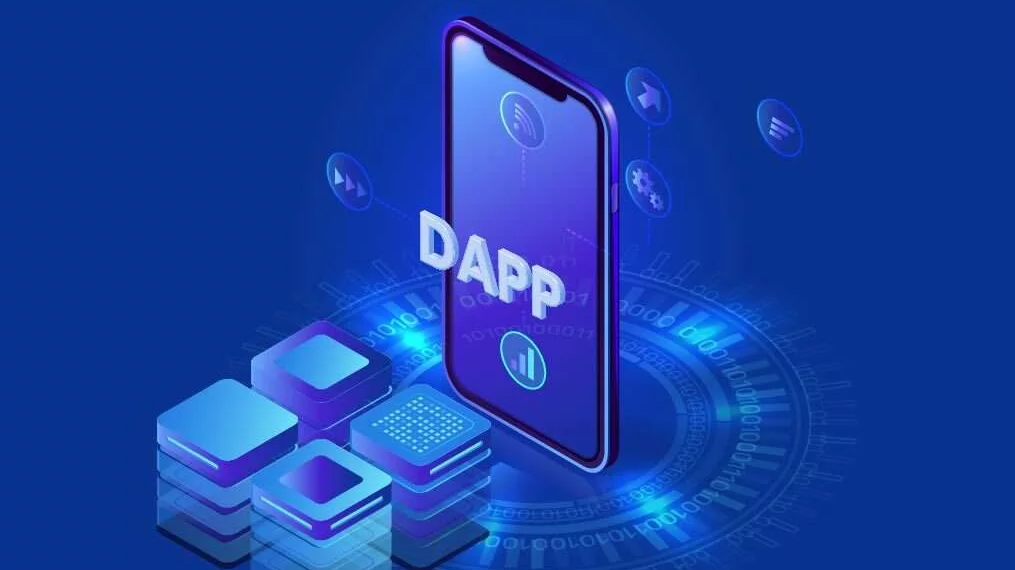Writer: THERESA ABHULIMHEN
Decentralized apps (DApps) are a new breed of software applications changing our interactions with the internet.
Built on blockchain technology, DApps are not controlled by any single entity, making them more secure, private, and transparent than traditional centralized apps.
The DApp development space is rapidly growing, and several emerging trends are likely to shape its future. Here are a few of the most important trends:
- Cross-chain compatibility: DApps are increasingly being developed to be compatible with multiple blockchains. This will make it easier for users to access and use DApps, regardless of which blockchain they are using.
- Interoperability: They are also being developed to be more interoperable with each other. Users will seamlessly switch between different DApps without having to create new accounts or transfer their assets.
- Usability: They are becoming more user-friendly. Developers are focusing on creating intuitive and easy-to-use interfaces, hence, facilitating enhanced accessibility to a wider range of users.
These trends are just the beginning of what’s to come in the DApp space; let’s go deeper into this:
1. Increased adoption of layer-2 solutions
Layer-2 solutions are scaling solutions that are built on top of existing blockchains, such as Ethereum. They offer faster and cheaper transactions like Uniswap than the underlying blockchain, making them ideal for DApps.
The future of DApp development will likely involve an increasing use of layer-2 solutions. These solutions offer several benefits that will make them attractive to developers. It will also make dApps more scalable and accessible to a wider range of users.
2. Rise of cross-chain DApps
Cross-chain DApps are DApps that can interact with multiple blockchains. This allows them to take advantage of the strengths of different blockchains, such as Ethereum’s security and Solana’s speed.
Cross-chain DApps are still in their early stages of development, but they have the potential to revolutionize the way that we interact with blockchain technology.
3. Growing popularity of non-fungible tokens (NFTs)
NFTs are unique digital assets that can be used to represent ownership of items like artwork, collectibles, and in-game items. NFTs like OpenSea have seen a surge in popularity recently. They have become a hot topic in the crypto and blockchain communities. Hence, they are now being used to create a wide range of DApps.
In the future, we can expect to see even more DApps that are built around NFTs. This could include DApps for trading NFTs, playing NFT-based games, and creating NFT-powered social networks.
4. Integration with Web3
Web3, the next iteration of the internet, promises to be a more decentralized and user-centric version of the web, and DApps are poised to be a key part of its development.
Brave is a browser that embraces this vision, allowing users to interact with Web3 applications and even earn cryptocurrency rewards.
Other browsers like Opera and Firefox are also integrating DApps into their offerings, but Brave has made this a core focus. By doing so, it’s helping to advance the Web3 movement and expand the possibilities of what we can do online.
5. Rise of new DApp development frameworks
Frameworks like Truffle, Hardhat, and OpenZeppelin are making it easier for developers to create DApps, but there are a few new frameworks on the horizon that promise to make DApp development even more streamlined.
For example, Polygon Studios is developing a framework called “Polygon Supernets” that will allow developers to create cross-chain DApps with ease. Another example is Biconomy, which is developing a framework that will make it easier to integrate NFTs into DApps. Lastly, Cartesi is developing a framework that will make it easier to develop DApps using traditional programming languages.
As DApps continue to develop, we can anticipate the emergence of various trends that will influence the future of this technology. These trends will make it easier for developers to build DApps and provide a more seamless user experience for end users.







Comments 1